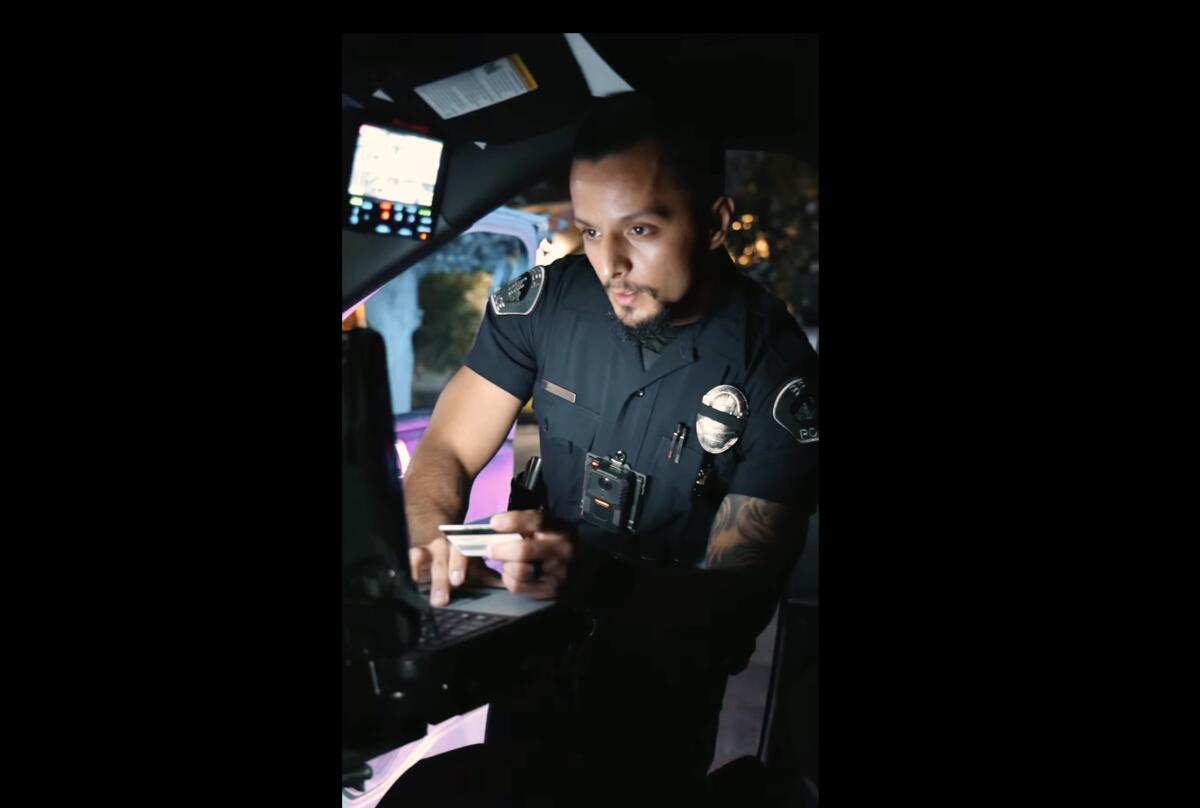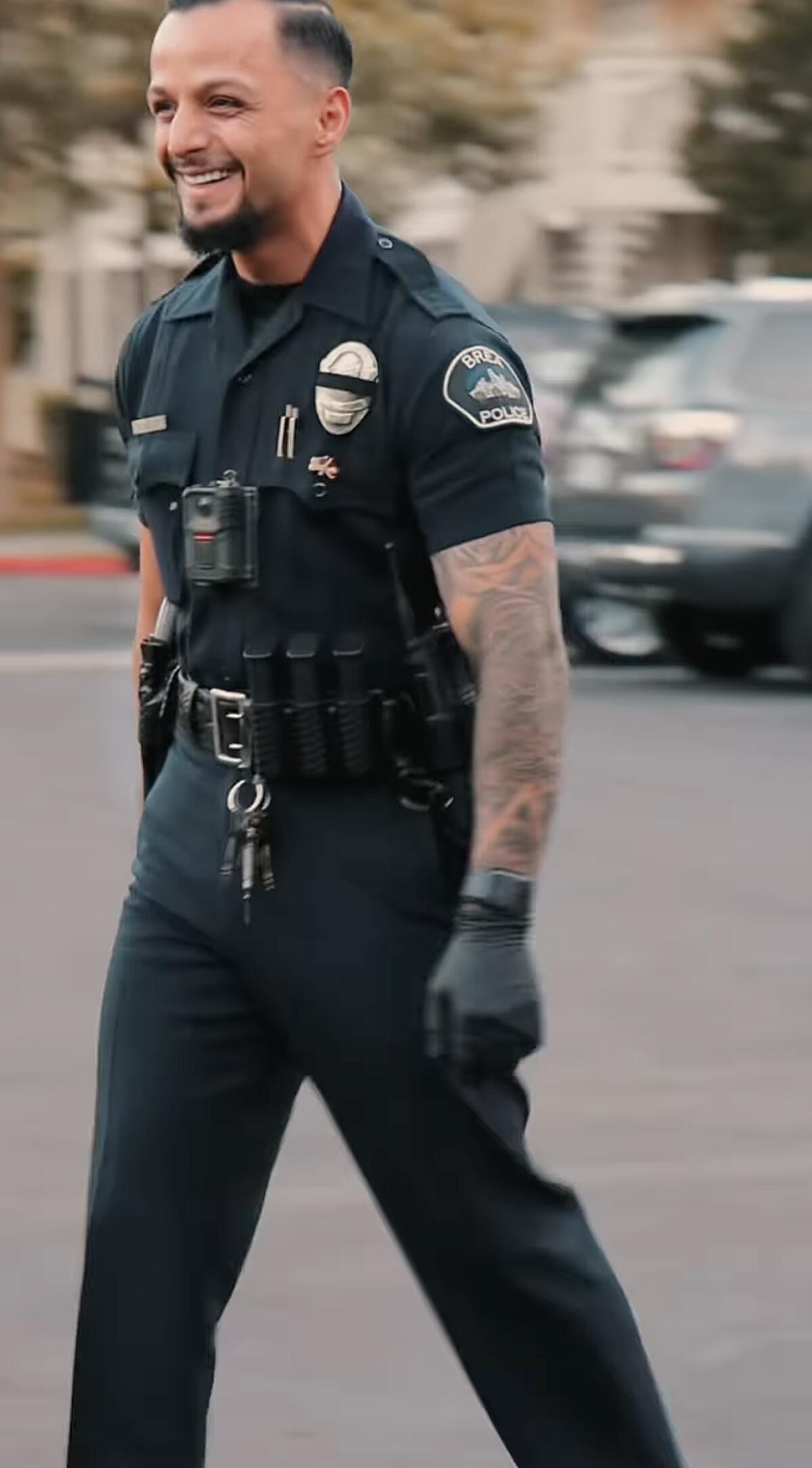Southern California police department allows officers to display tattoos while on duty

Brea police officers are now allowed to show off their tattoos while on duty as part of a pilot program aimed at improving retention and recruitment, as well as providing some relief from the heat.
The skin art shift started when a younger generation of officers came to administration asking for the change, according to Lt. Chris Haddad. Previous policy was for officers to conceal all tattoos and body art, according to the department.
A video posted on the department’s Instagram account Thursday shows Brea officers flaunting their inked-up arms as they conducted traffic stops, checked identification and fist-bumped residents.
The policy isn’t just about aesthetics — though Haddad said “some of our officers have, frankly, some beautiful works of art.” The program aims to make officers more comfortable in hot weather, incentivize recruitment and retention and “humanize” the badge, according to the Instagram post.

Shifts can last over 12 hours, Haddad said, and it can be uncomfortable for officers to wear long sleeves for that length of time — particularly during the hot summer months.
“If we can keep them comfortable, then that’s something we should do,” he said.
Feedback from the public, he said, has been fairly positive or neutral.
“Most people don’t notice or care,” he said.
The department released a feedback form for the pilot program. Among the questions is, “Do you think allowing officers to show tattoos is a good idea from a culturally progressive, forward-thinking perspective?”
People who like tattoos, Haddad said, have come up to officers and asked about them.
“It’s kind of like an ice breaker,” he said.
Tattoos must be approved by two members of the department’s uniform committee, then by the uniform commander, Haddad said. No face, neck or hand tattoos are allowed, and all tattoos must be covered at formal public events such as court proceedings and funerals.
On social media, most people said they approved of the change, and that tasteful tattoos don’t interfere with officers doing their the jobs.
“Tattoos shouldn’t be stigmatized any longer. I’m tattooed and quite successful,” Brea resident Bryan Gutierrez, a senior vice president of Citizens Business Bank, wrote on Facebook. “I was reluctant to wear short sleeves for years in professional settings.”
Gutierrez, 45, said in a follow-up phone interview that he was happy his community is working toward destigmatizing tattoos, which he said is long overdue.
“It’s never defined me,” he said of his own half-sleeve of tattoos, which his clients and co-workers don’t seem to care about. Ink is a personal preference, he said, not a reflection of work ethic or behavior.
“Your officers shouldn’t be judged by the ink on their skin, but by their conduct and character. The vast majority of tattooed people are good, honest and hardworking,” he wrote on Facebook.
More to Read
Sign up for Essential California
The most important California stories and recommendations in your inbox every morning.
You may occasionally receive promotional content from the Los Angeles Times.











